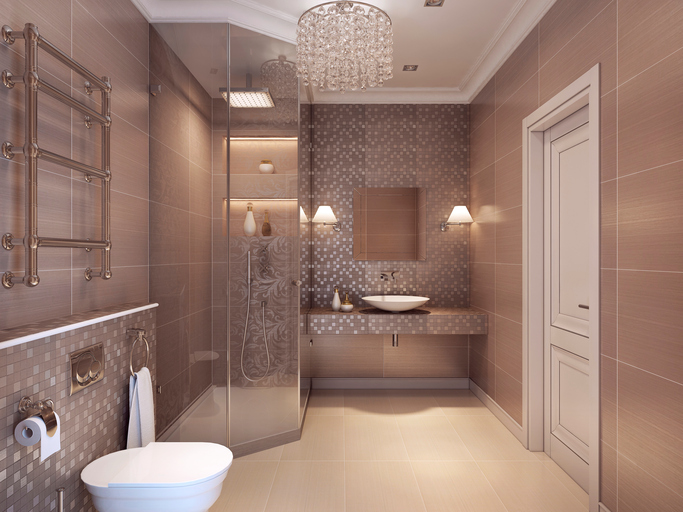
People sometimes think we only work on very large houses or large rooms, but that is not always the case. We are sometimes tasked with working in smaller spaces such as compact office spaces or townhomes. As a professional interior designer we are expert at designing three-dimensional spaces for a living and are adept at manipulating space to make smaller spaces feel larger than they really are. How do we do it? Here are six tips.
Light Walls
The lighter the walls, the larger the space will feel. Light walls reflect light, which helps smaller rooms feel larger. With the abundance of white or off white paint colors available you are sure to find one that is perfect for your project.
Six Sides Alike
Remember, each room has six sides, not four. Don’t forget the floor and ceiling. By having all six sides either light or dark helps to keep the room from looking chopped up. Good design will use either all light colored walls, floors and ceiling or all dark colored walls, floors and ceiling.
Mirrors
This is a fairly obvious tip since we all know that mirrors can make a room feel larger. However you need to consider what the mirror will be reflecting. If it is not something you want to see, then don’t use mirrors.
Simplify Your Materials and Finishes
Use a limited number of materials to make your space feel larger. The more surfaces in a room, the more the room will feel chopped up. Each time you change materials you define where one surface ends and the next begins, which can make the space feel smaller.
Scale
Remove oversized furnishings. In small rooms, small-scale furniture will make a small room feel much larger.
Good Lighting
Good lighting has an enormous impact on the feel of your rooms. Sadly it is often cut from the budget. Plan to include 10% of your budget on lighting, especially in small rooms.
